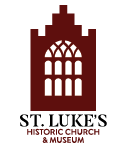The Rise of James II
The “Old Brick Church,” better known today as St. Luke’s Historic Church & Museum, is the oldest church building in Virginia. Our physical evidence suggests the completion of the building occurred 1685. That year was a tumultuous year in England’s history. Charles II had died on February 6, 1685 and his brother James ascended to the throne as James II. What made this transition particularly difficult was that King James was openly Roman Catholic, owing to his time of exile in France during the Interregnum and being the child of Queen Henrietta Mari of France. James’ Catholicism was kept secret for much of Charles II’s reign, but in 1679 James’ religious leanings became public.
Thus began what became known as the Exclusion Crisis. Members of Parliament sought to exclude James from succession to the throne. A defrocked clergyman named Titus Oates promulgated a story that there was a “Popish Plot” to kill King Charles II and put the Duke of York (later James II) on the throne. A wave of anti-Catholic hysteria swept through the Country. Anthony Ashley Cooper, 1st Earl of Shaftesbury, promoted an “Exclusion Bill” in Parliament that would have denied James his right to succeed his brother. One of the proposed alternatives was the illegitimate son of Charles II, James Scott, first Duke of Monmouth. The crisis was temporarily averted when Charles dismissed Parliament to quiet the attempts at altering the succession.
The Monmouth Rebellion
While February 6, 1685 marked the day James became King, the coronation at Westminster of James II and Queen Mary occurred two months later on April 23, 1685. Initially, those who had favored exclusion were treated with mercy, but quickly plans for rebellions were being made in both England and Scotland. The Earl of Argyll would lead the movement to dispose of King James II in Scotland. The King’s nephew, John Scott, 1st Duke of Monmouth, would lead the rebellion in England.
Landing in early June from Holland, Monmouth would lead an untrained and ill-equipped force into the South of England, and began moving northward from there. King James II was alerted to the plot even before Monmouth landed and the Rebellion was hastily defeated with Monmouth being captured at the Battle of Sedgemoor on July 8. Parliament passed A bill of attainder passed by Parliament in June that had already condemned the Duke. He was brutally executed on July 15;the execution required several blows from the executioner’s ax.
The Decline of Catholicism
Back in Virginia, George Brent became the acting Attorney General in 1686 and became the only known Roman Catholic member of the House of Burgesses. His career was cut short when the Glorious Revolution removed King James II from office and a wave of anti-Catholic policies reemerged in both England and in the American Colonies. William of Orange and his English wife Mary (sister of Charles II and James II) came to power leaving the Netherlands and succeeding to the throne of England. In 1689 an “Act of Toleration” was passed giving broader religious freedom to various Protestant sects but Roman Catholics continued to be excluded from holding public office.
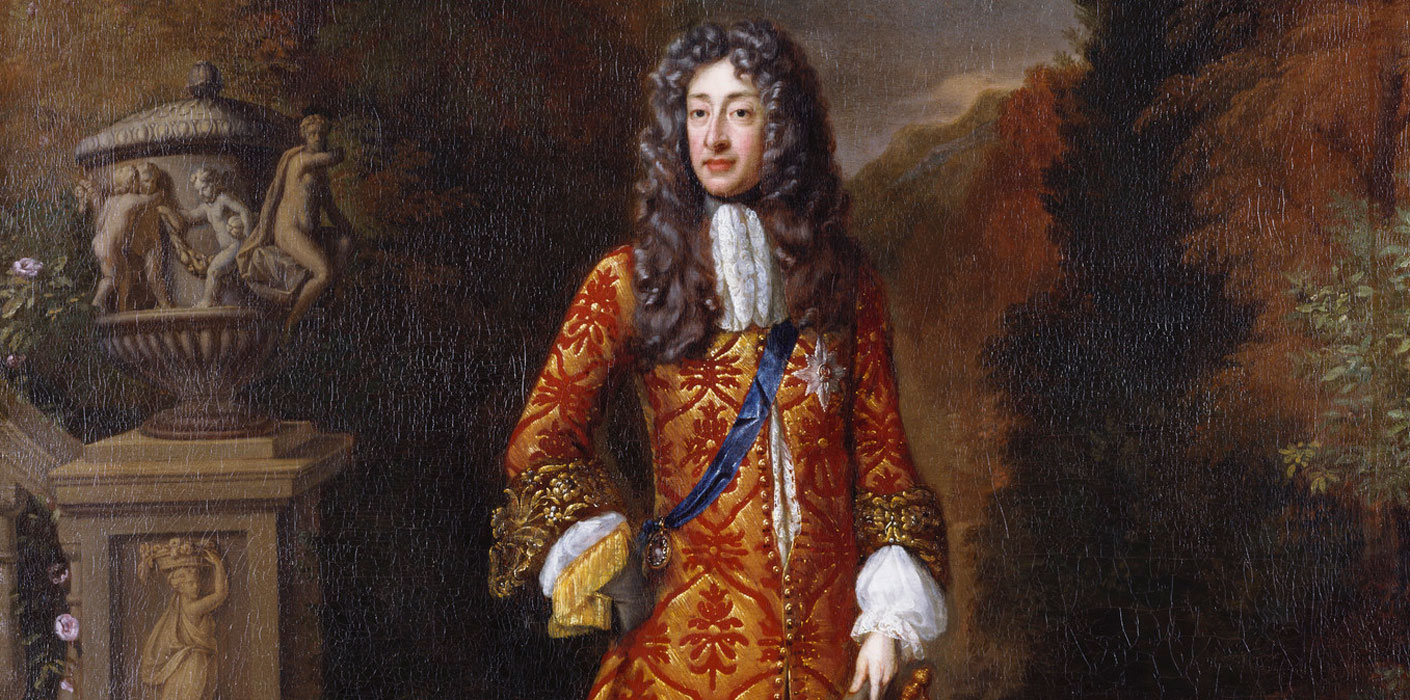
Above: Picture of King James II (ruled from 1685-1688)
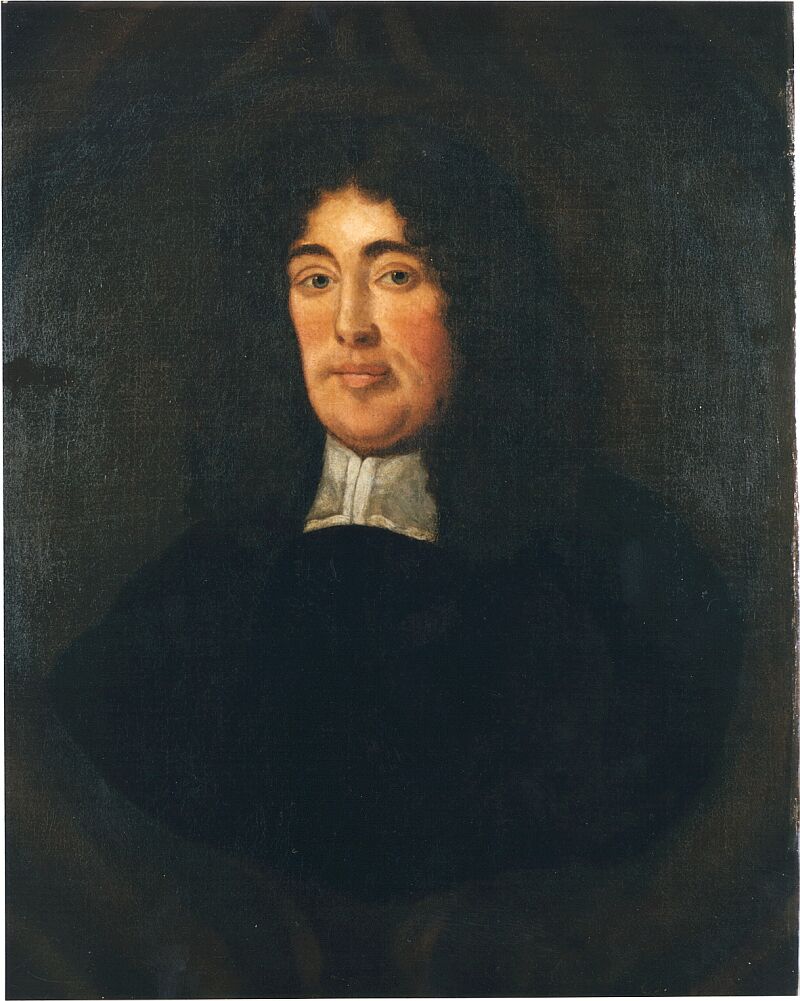
Above: Titus Oates – defrocked minister who fabricated the “Popish Plot.”
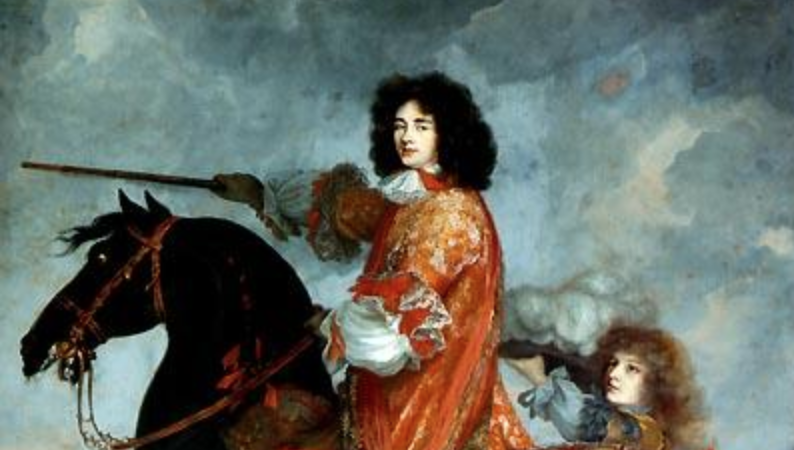
Above: A picture of James Scott, The Duke of Monmouth, illegitimate Son of King Charles II
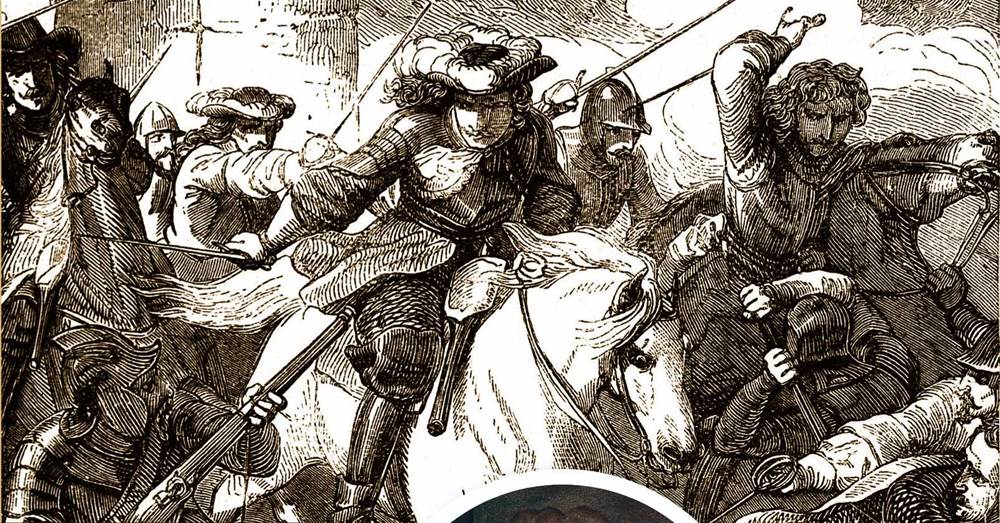
Above: Duke of Monmouth fleeing from battle
Enjoy this article? Please consider supporting St. Luke’s with a donation!
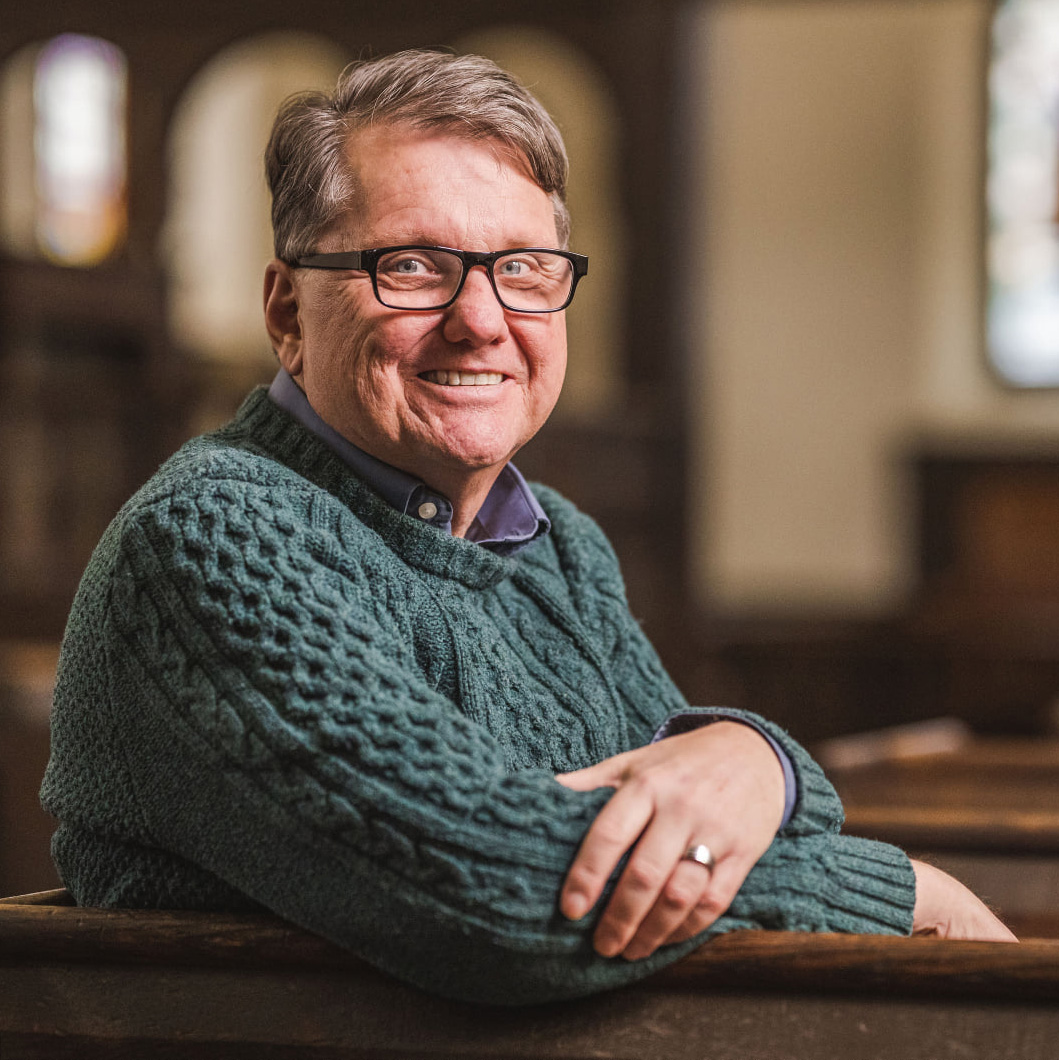
About the Author
John Ericson is the Education Coordinator and a Public Historian for St. Luke’s Historic Church & Museum. John holds a degree in History from Roanoke College and a Masters of Divinity from the Lutheran Theological Seminary at Gettysburg. In addition to John’s role at St. Luke’s, he is the Pastor of Reformation Lutheran Church in Newport News, Virginia. John is married to Oneita Jamerson Ericson, a native of Isle of Wight County, Virginia. They have three sons, Matthew, Thomas, and James, as well as two granddaughters, Carys and Lennon. The Ericsons currently reside in Hampton, Virginia. John has been teaching Reformation History and the Early American Religious Experience for more than thirty years.
